IN THIS ARTICLE
Transitioning your baby to homemade solid foods can be a whole lot of fun — you get to see your child's taste buds and palates develop while having the satisfaction of giving them nourishing food. While it might sadly mark the beginning of the end of nursing, it is also a time to for you to test out different recipes to see what savory and slightly sweet dishes your baby may like that either represent your culture or are just common foods in your home.
Read on for delicious and healthy baby food recipes that progress from basic purees to heartier fare as your child grows.
Introducing solids to baby
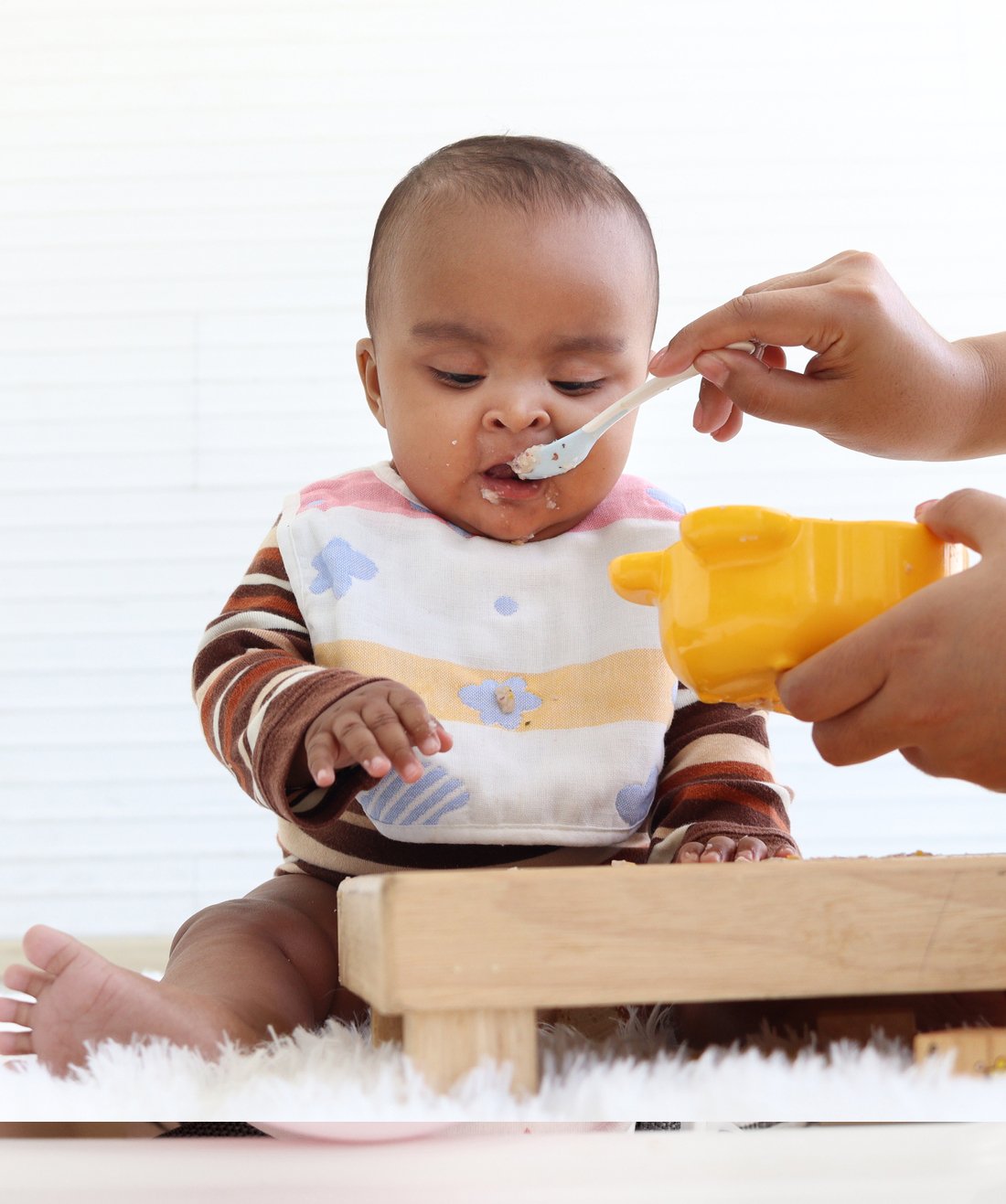
When babies transition from breastmilk or formula to solid foods, the biggest concern is making sure that they eat healthy and nutrient-rich foods. Fortunately, there is an abundance of healthy options to choose from.
What is most important when choosing what your child eats, is making sure that the food are right for the baby’s age. In the beginning, introduce each food one by one in order to monitor for any allergic reactions. If there is concern about which foods to try in the early stages, then seek medical advice from the baby’s pediatrician. Many times, doctors can provide easy to follow charts that will enable first-time moms to have guidelines with them at all times.
Baby foods to avoid
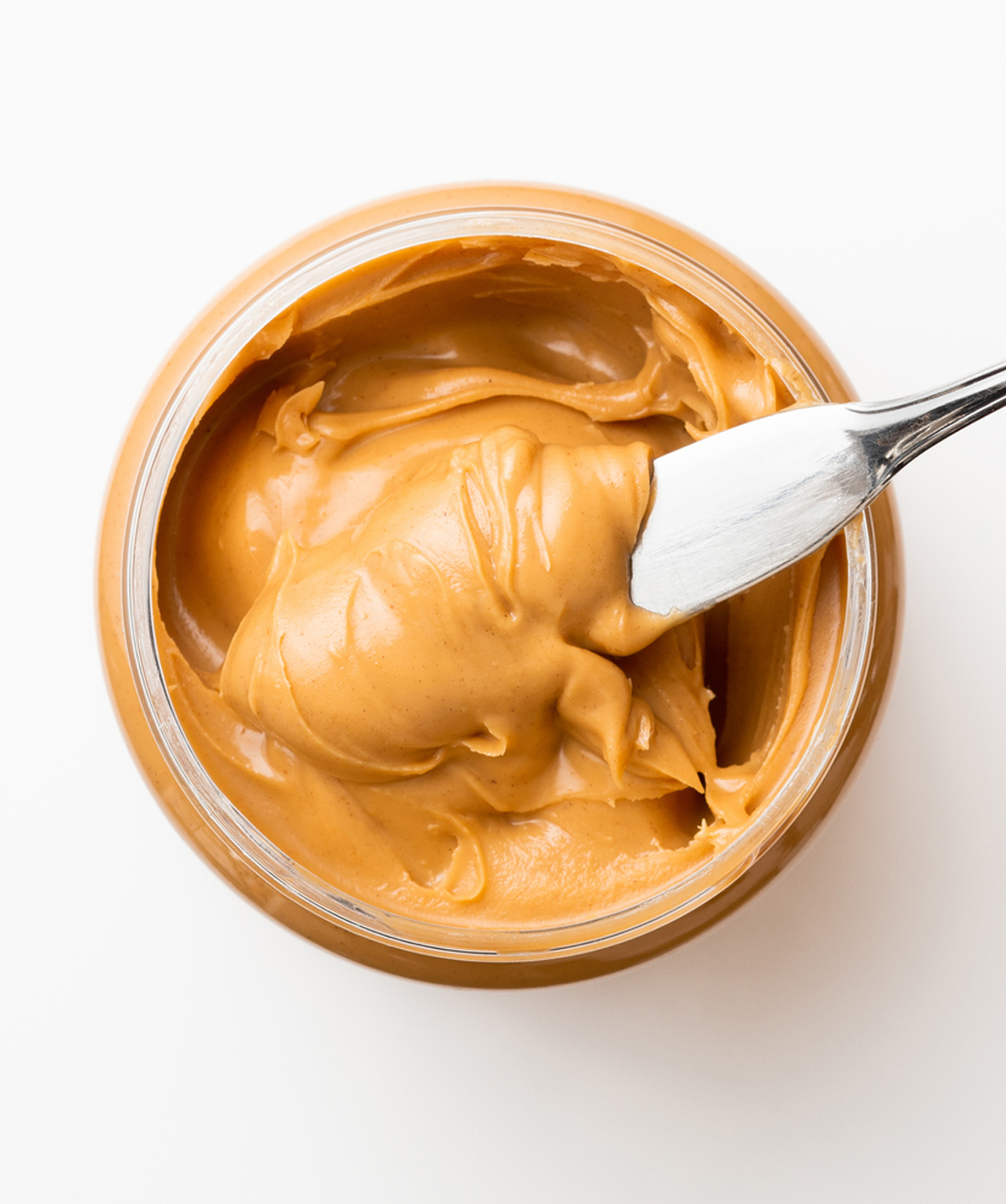
Not everything is suited for baby, though, and the options to avoid are not too surprising. Here are some foods that are known to be problematic for beginning eaters, and should be avoided:
- Salty and highly sugary foods
- Honey
- Peanuts
- Raw or slightly raw eggs
- Fish high in mercury
- Some soft cheeses
Remember, if you're ever unsure about whether a food is safe for your baby, check with your pediatrician first.
Baby Gourmand: Solid food recipes for stages 1, 2, and 3

The American Academy of Pediatrics recommends that breast milk or formula act as baby's primary source of nutrition until six months, and the earliest that solid — or semi-solid — food can be introduced is four months.
“While the AAP recommends exclusively breastfeeding from birth to age 6 months, it’s important to remember that not every baby is exclusively breastfed,” Alexandria pediatrician Dr. Zulma Laracuente told Care.com. “Also, some babies show signs of readiness to start food earlier than others. You know your baby best.”
Stage 1 recipes
Stage 1 foods are for those 4-6 months olds who are just beginning their food journey. These foods are simple, and are pureed so that babies can easily digest them and so that moms can check for allergies.
Safety note: Before you begin your cooking journey, be sure to maintain a clean cooking area with washed equipment, washed hands, and divided areas for raw and cooked foods.
Avocado Baby Puree
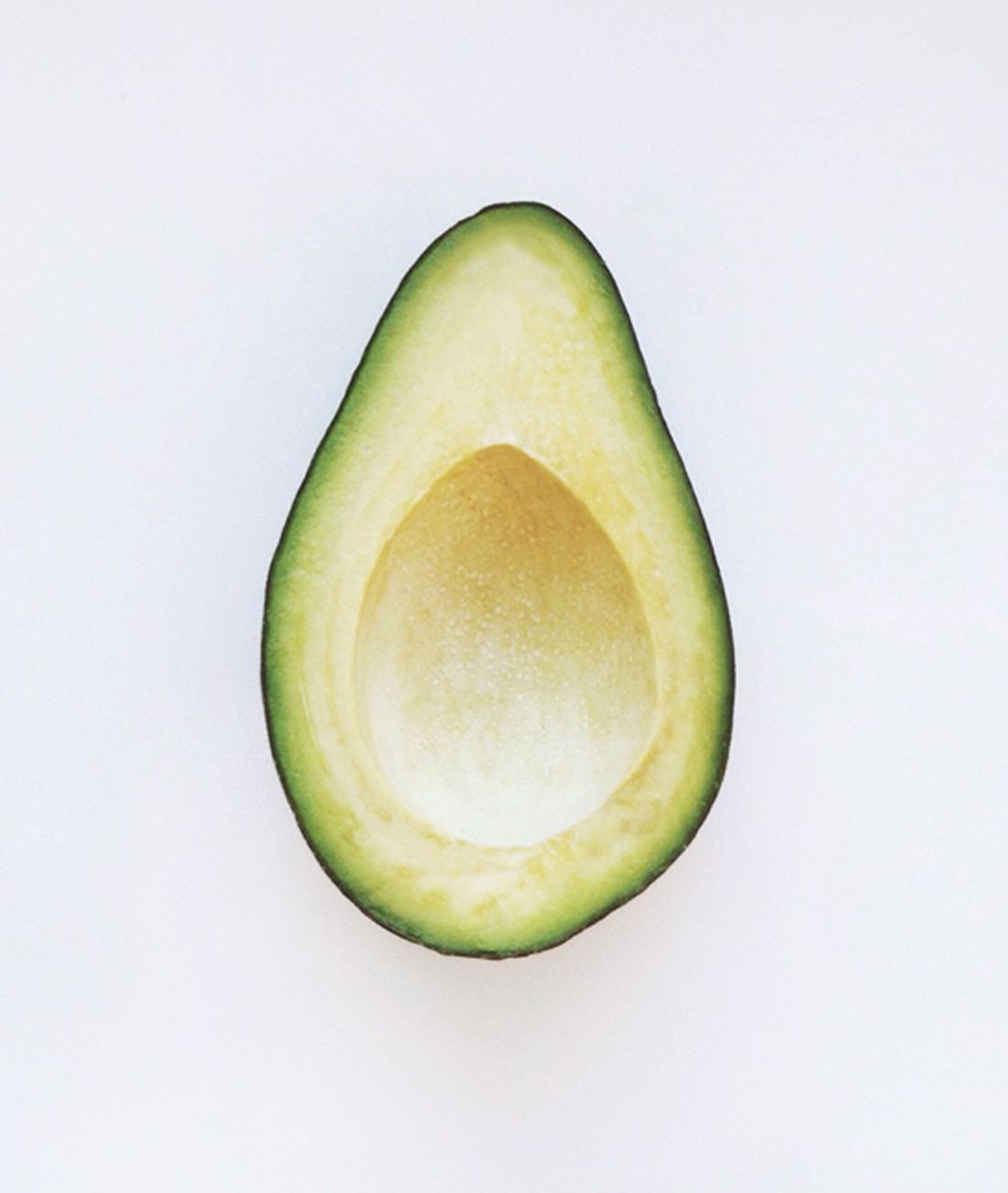
Avocado baby food is a snap to make, and you can use the leftovers to make yourself some killer guacamole — it's a win-win. Take a ripe avocado and mash it up with a fork or use a small blender to create a puree.
Avocados are great for getting your baby the nutrients she needs, which makes it popular with parents. “1/5th of an avocado has only 50 calories but 20 vitamins and minerals!” mom and board certified coach, Anjali, enthused on her blog, the Picky Eater.
Organic Carrot Baby Food
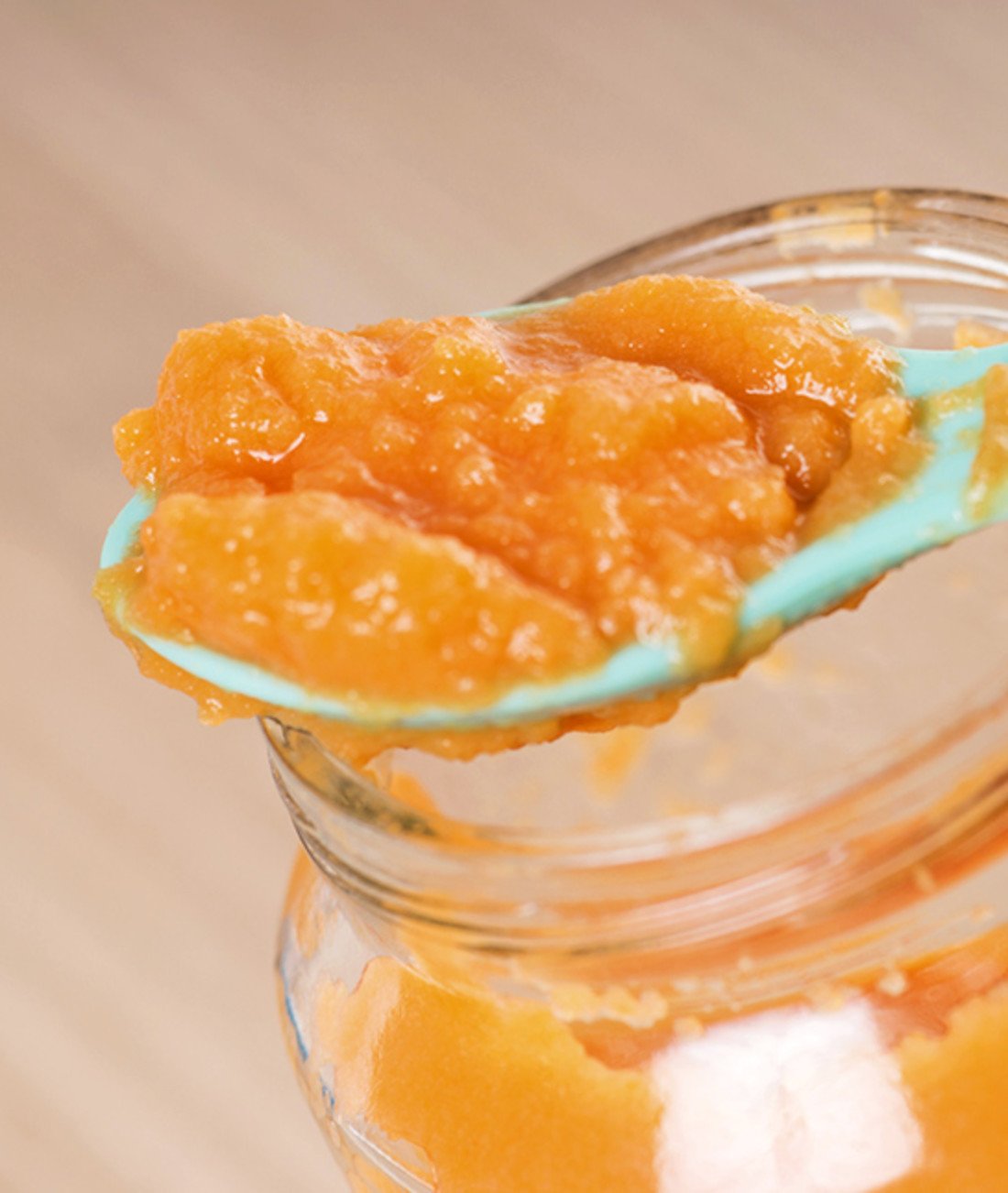
The sweet flavor of cooked carrots makes this vegetable many babies' favorite food from the very beginning. This carrot recipe uses steaming and a blender to puree the soft carrots — no pricey food processor needed.
Homemade Brown Rice Cereal
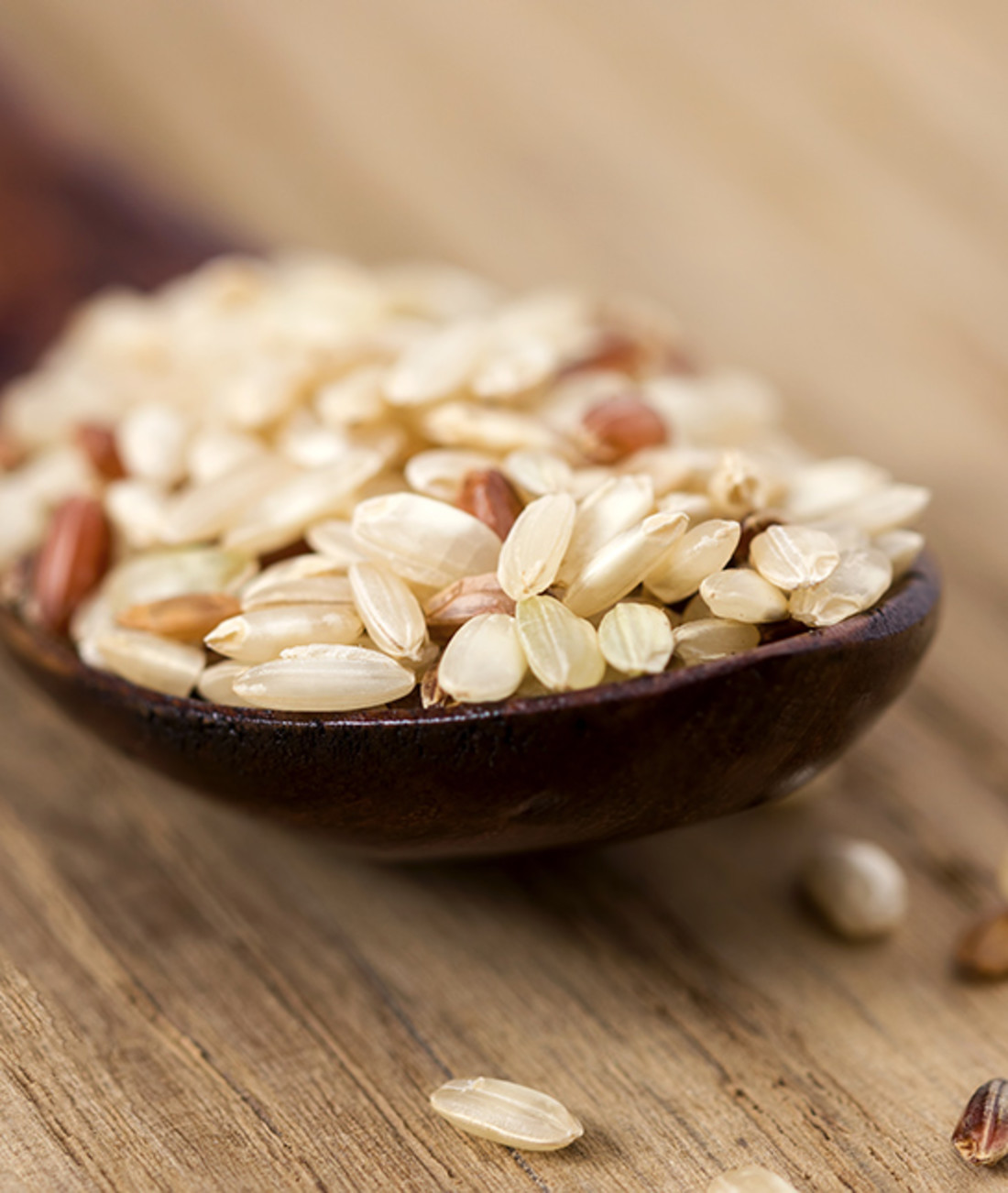
Homemade brown rice cereal is a satifying meal for your baby. Rice and oatmeal are the perfect choices to feed baby in the very beginning. While introducing grains to your baby, know that it is safe to have them try gluten-based foods.
“There is no evidence that waiting to introduce or limiting allergy-causing foods such as wheat or other gluten-containing grains (e.g., rye or barley) beyond 4 to 6 months of age prevents food allergy or the onset of celiac disease,” Anthony Porto, MD, advised to Healthy Children.
Stage 2 recipes
At six months, things start to get a bit more interesting, food-wise, for babies. They can now handle more complex fruits as well as protein sources like chicken.
Avocado Peach Pineapple Kale
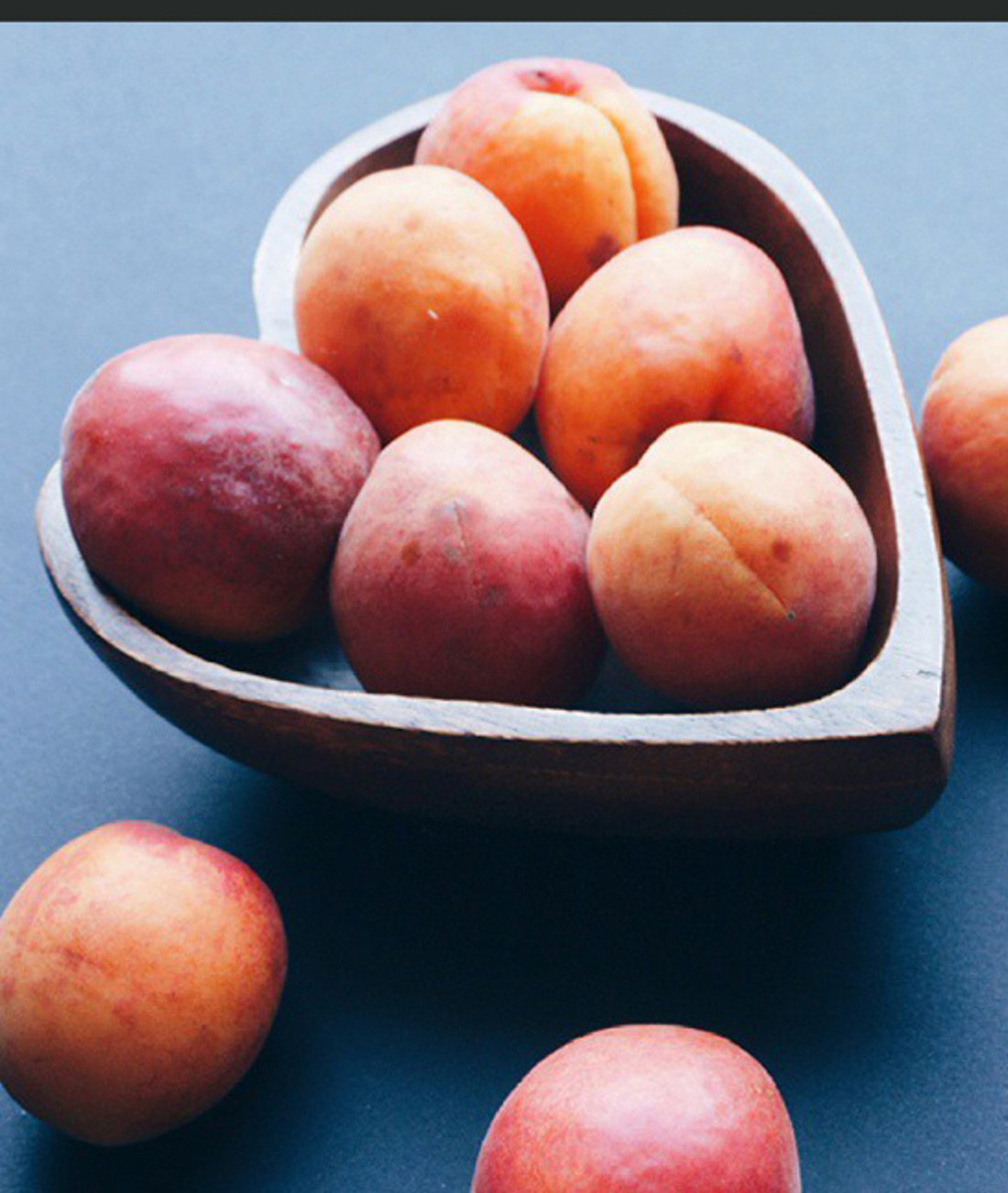
If your baby enjoyed avocados, then add some tart and citrus flavors to it in an avocado, peach, pineapple and kale puree. This nutrient rich blend will allow your baby to enrich their tastebuds.
Apple Yogurt
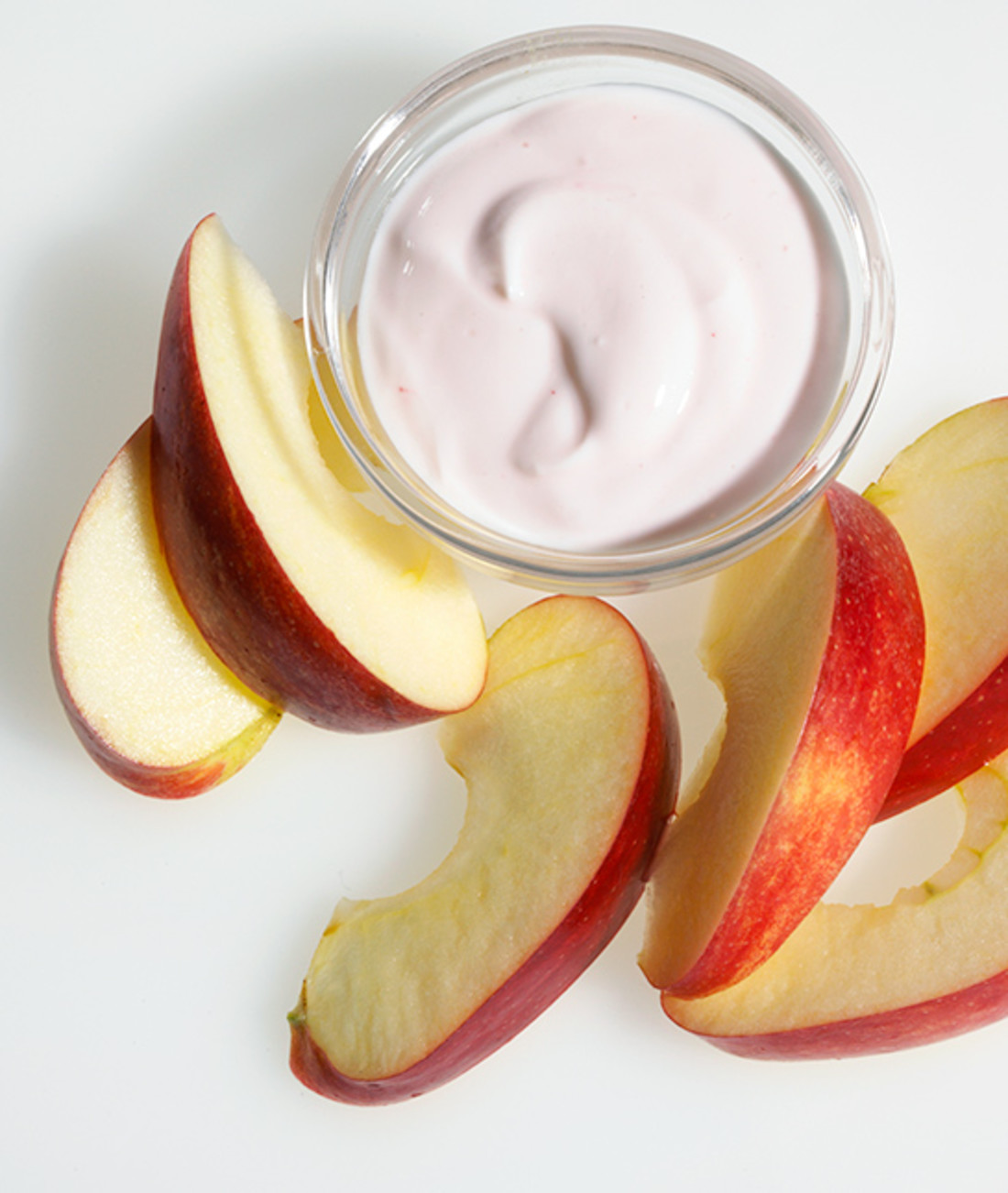
In general, pediatricians don't advise introducing most dairy products to babies before the age of one. However, most children can start eating plain, unsweetened, pasteurized whole-milk yogurt at about six months. Yogurt is more easily digestible than things like cheese and milk because it contains less lactose.
This super-simple, tasty recipe for apple yogurt is a perfect way to give baby her first taste of yogurt.
Chicken and veggie puree
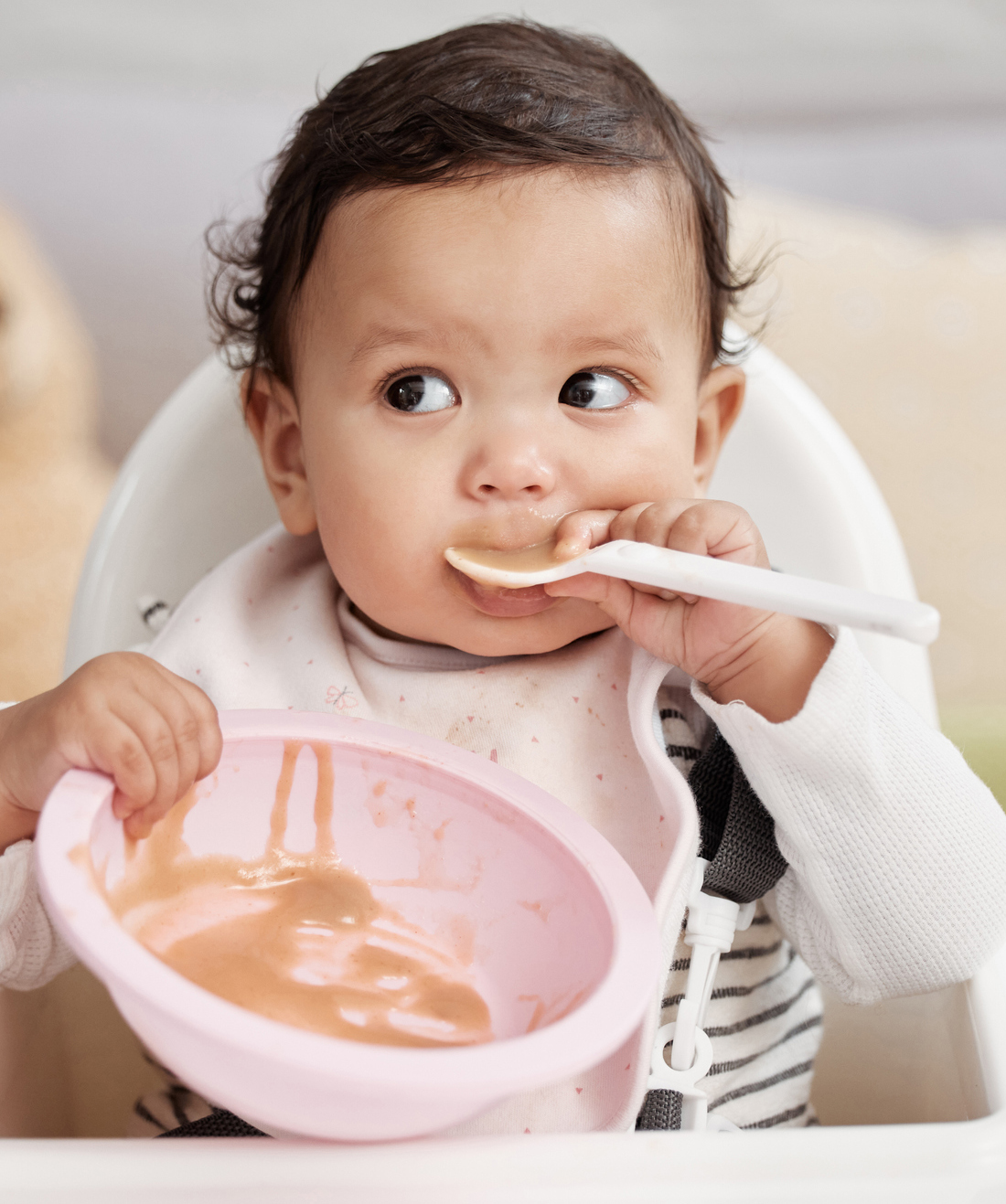
This chicken and veggie dish will give your baby his first taste of animal protein in a gentle, easy-to-digest way, and its tasty, savory flavor might even have you dipping in for a few spoonfuls yourself.
Stage 3: Solid food recipes
Around 9-12 months, babies can be more exploratory, and the foods can continue getting more and more complex. While moms still want to stay away from certain foods like honey, older babies can begin using their new teeth to eat soft foods.
Quinoa Ratatouille
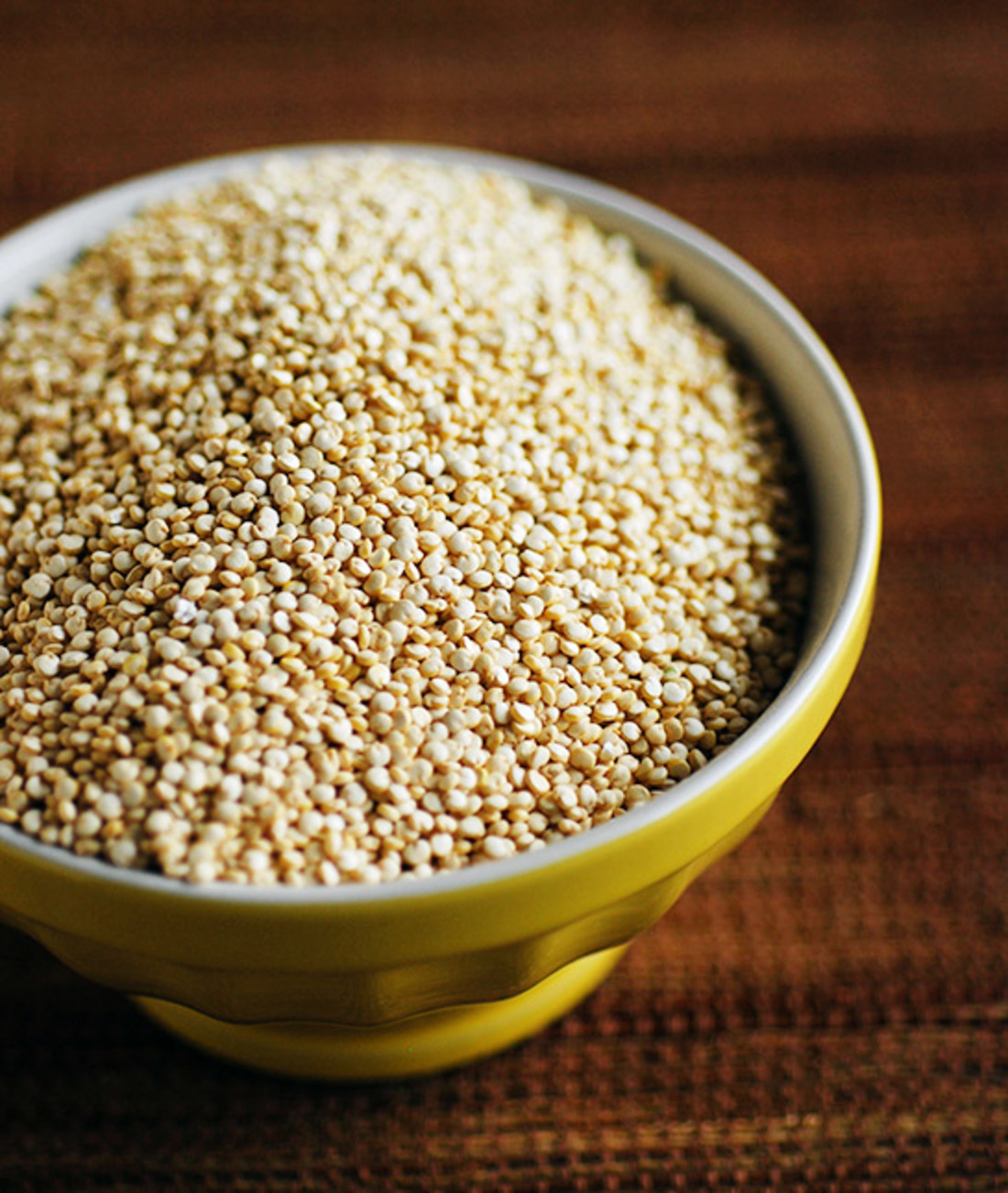
Quinoa ratatouille is a hearty dish is full of new flavors for baby to enjoy. With diced cooked veggies and the easy-to-eat quinoa, your baby will enjoy the richness of this meal.
Spinach Gnocch-wee
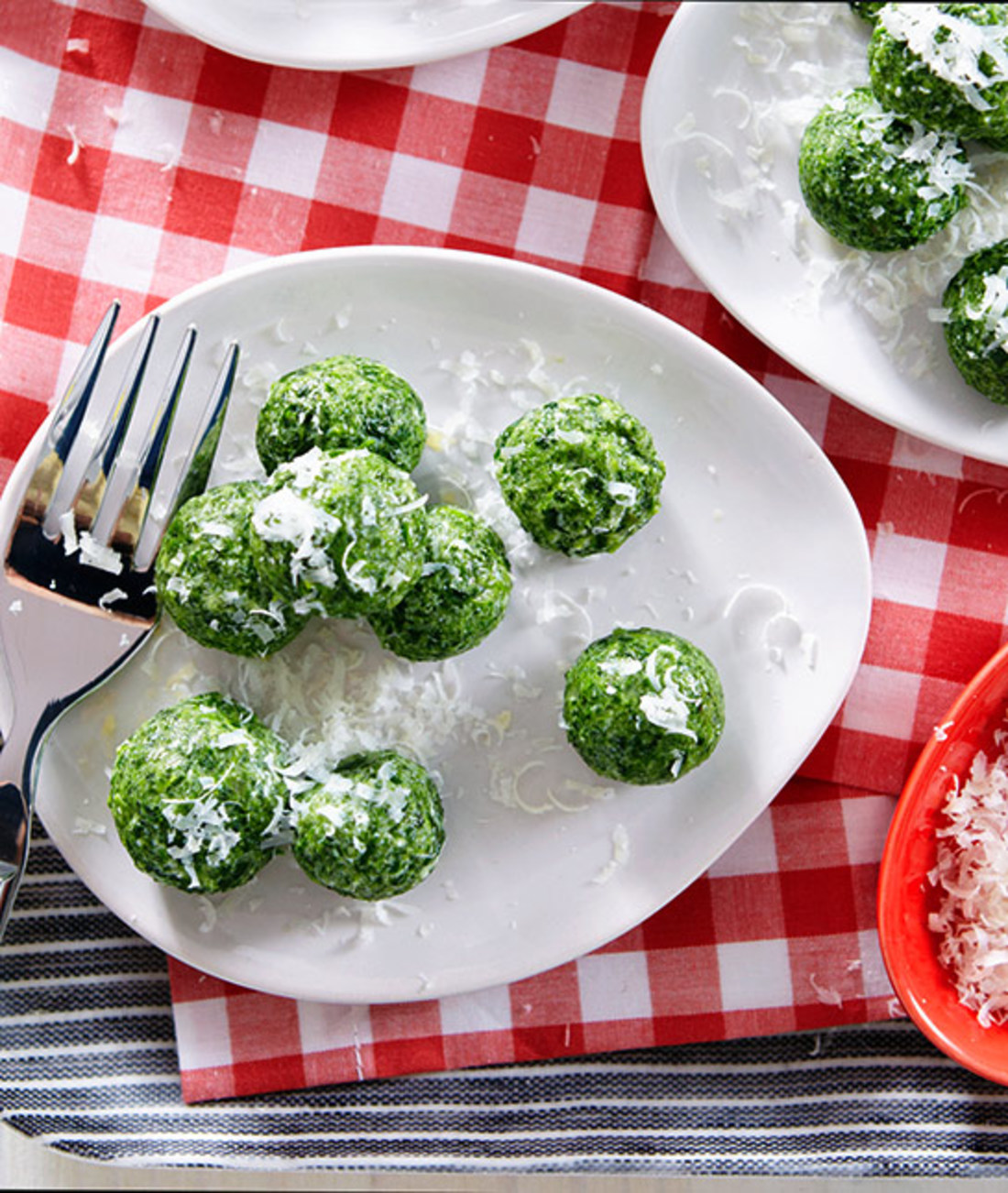
Spinach, cheese, eggs and flour are all you need to whip up this spinach gnocch-wee recipe, another nutrient-packed meal that is tasty and complex enough for grown-up palates.
Confetti Pasta
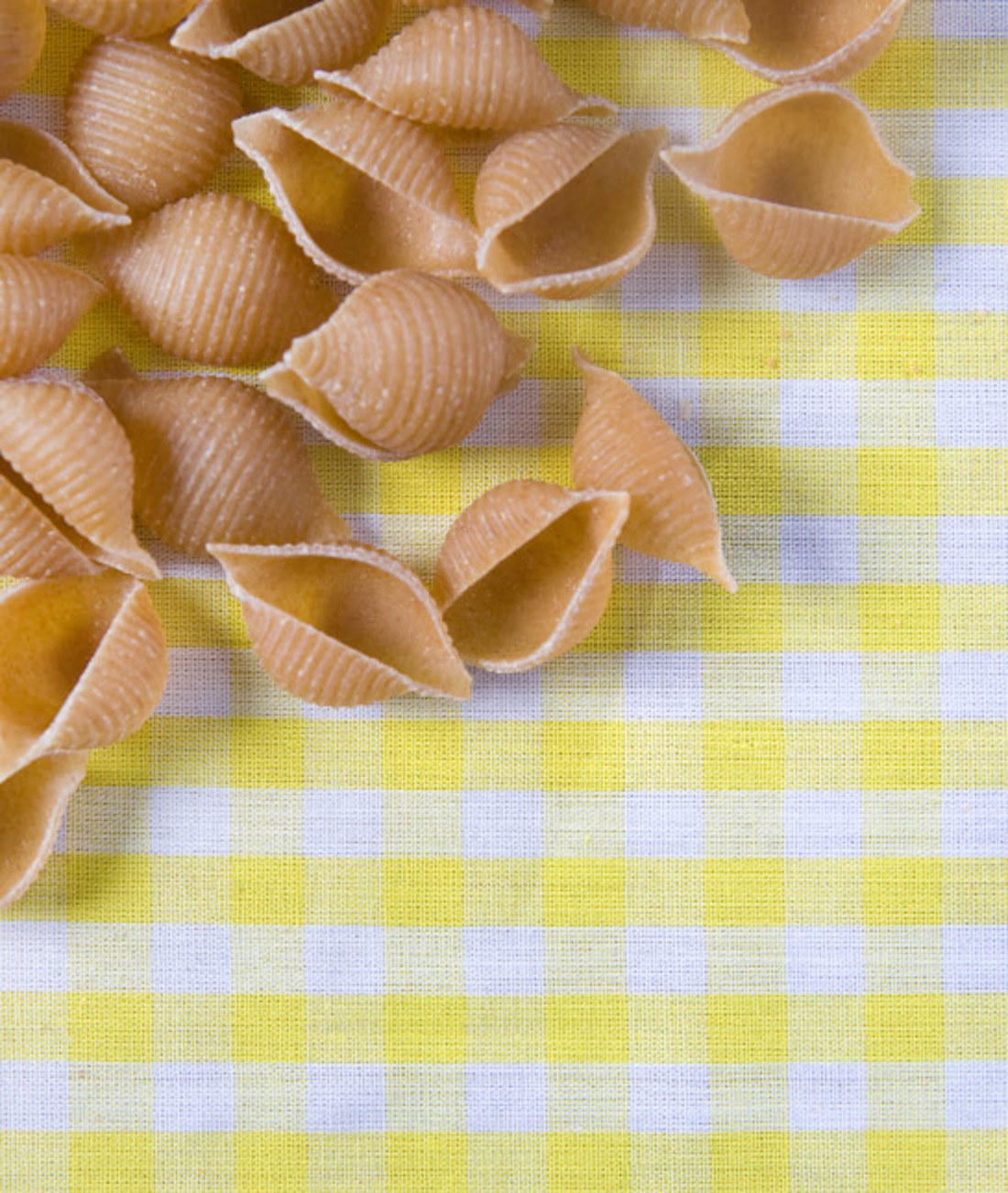
A colorful and vitamin-dense dish, this confetti pasta entrée is visually interesting to babies as well. It allows you to introduce hard cheeses (in this case, Parmesan) into your baby's diet. Ask your pediatrician when it's OK to first offer baby soft cheeses, such as brie.
Food Safety: How to store baby food
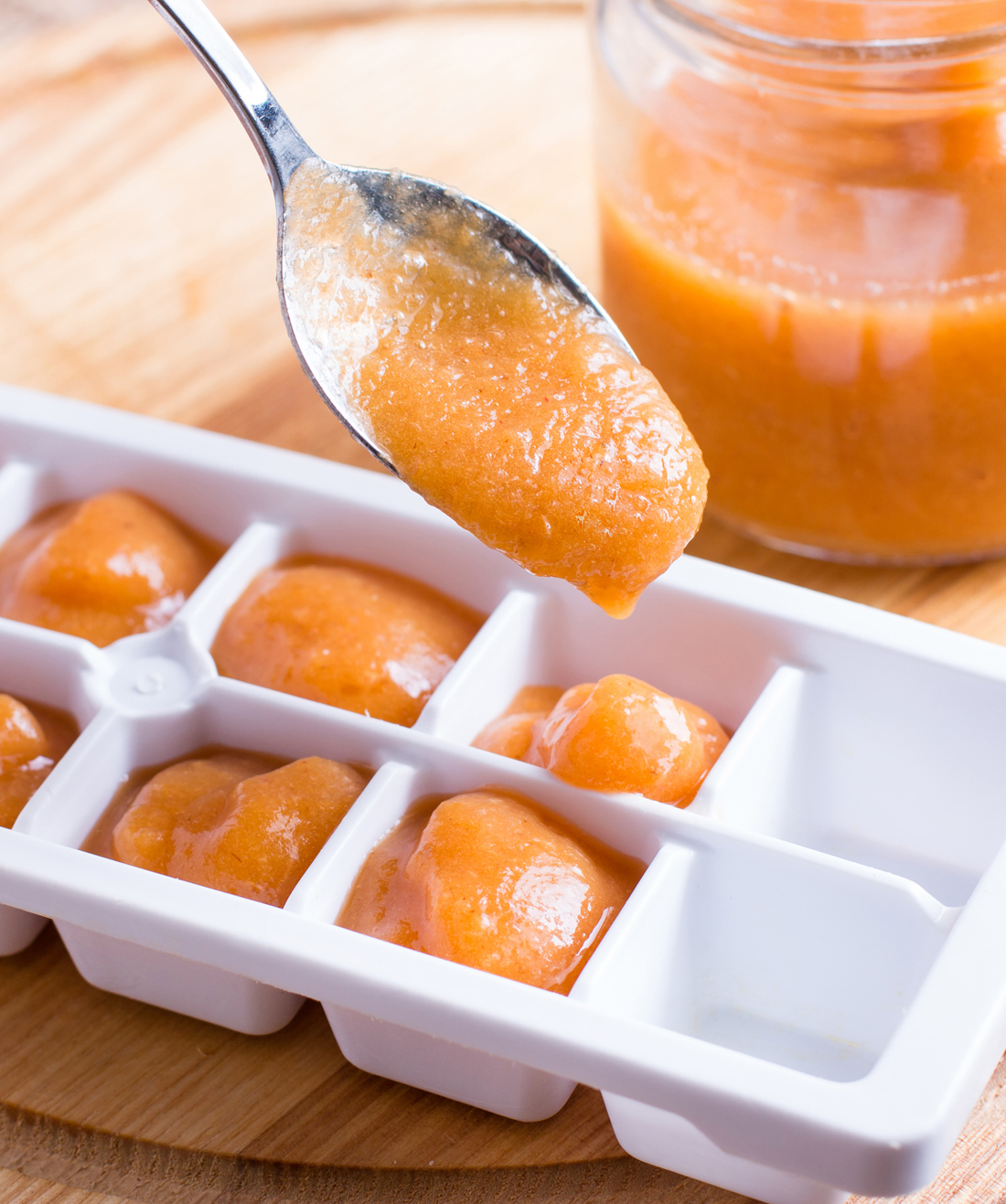
Once you've made your delicious baby food, get ready to store it for your baby's future meals. Here are some safety tips to follow:
- Your baby food should not sit at room temperature for more than 2 hours – any longer and harmful bacteria can be allowed to grow.
- Refrigerate or freeze baby food as soon as possible after preparing.
- Use airtight containers that are clean and sterilized.
- Homemade purees can only last 24 to 48 hours in the refrigerator and 1 to 2 months in the freezer.
- Meats are more susceptible to spoilage and should be stored no longer than 25 hours in the refrigerator or 2 months in the freezer.
Here are some of the top baby food storage methods:
- WEESPROUT silicone baby freezer tray holds up to 10 1.5 ounce food pods. The silicone base allows you to pop out the amount food that you need.
- 4 pack of silicone ice cube molds tray with lid holds an abundance of purees so that you can build flavors with ease as you make your little one some food.
- WEESPROUT glass baby food storage containers ensures that your baby's food will remain fresh and the glass storage ensures that you will not have to repalce this storage option any time soon.




